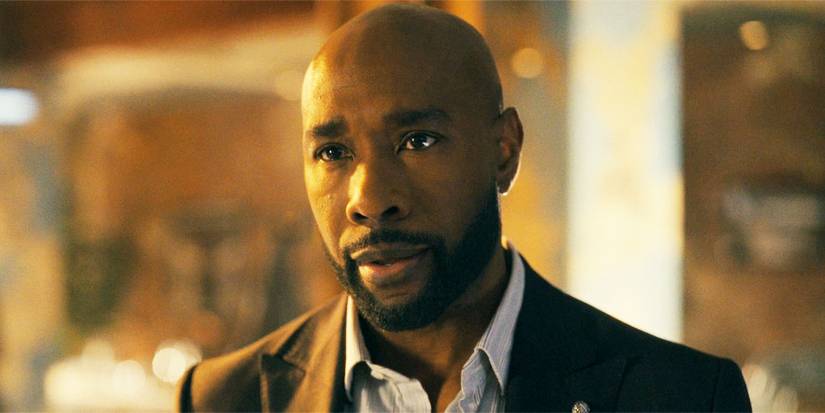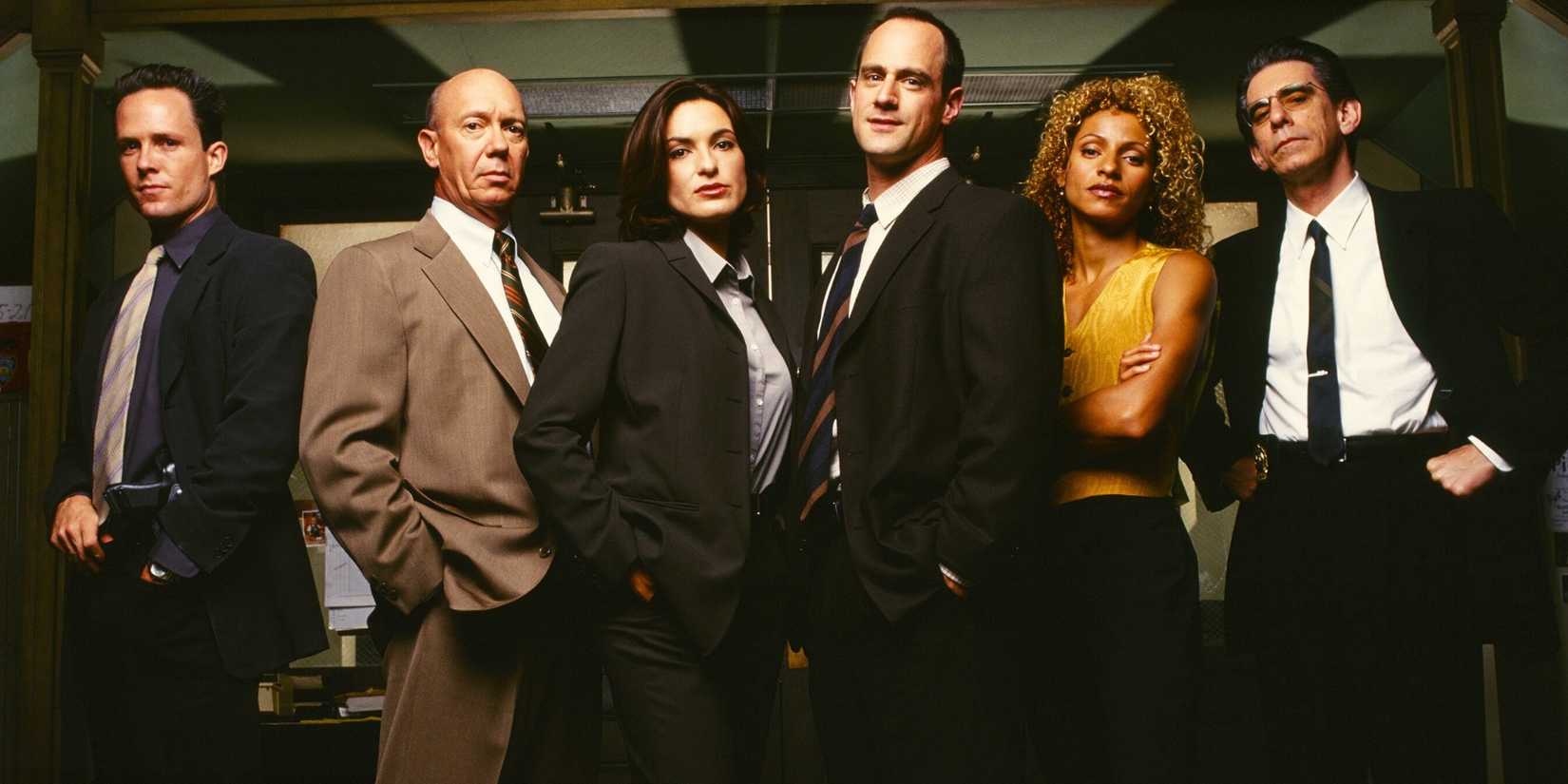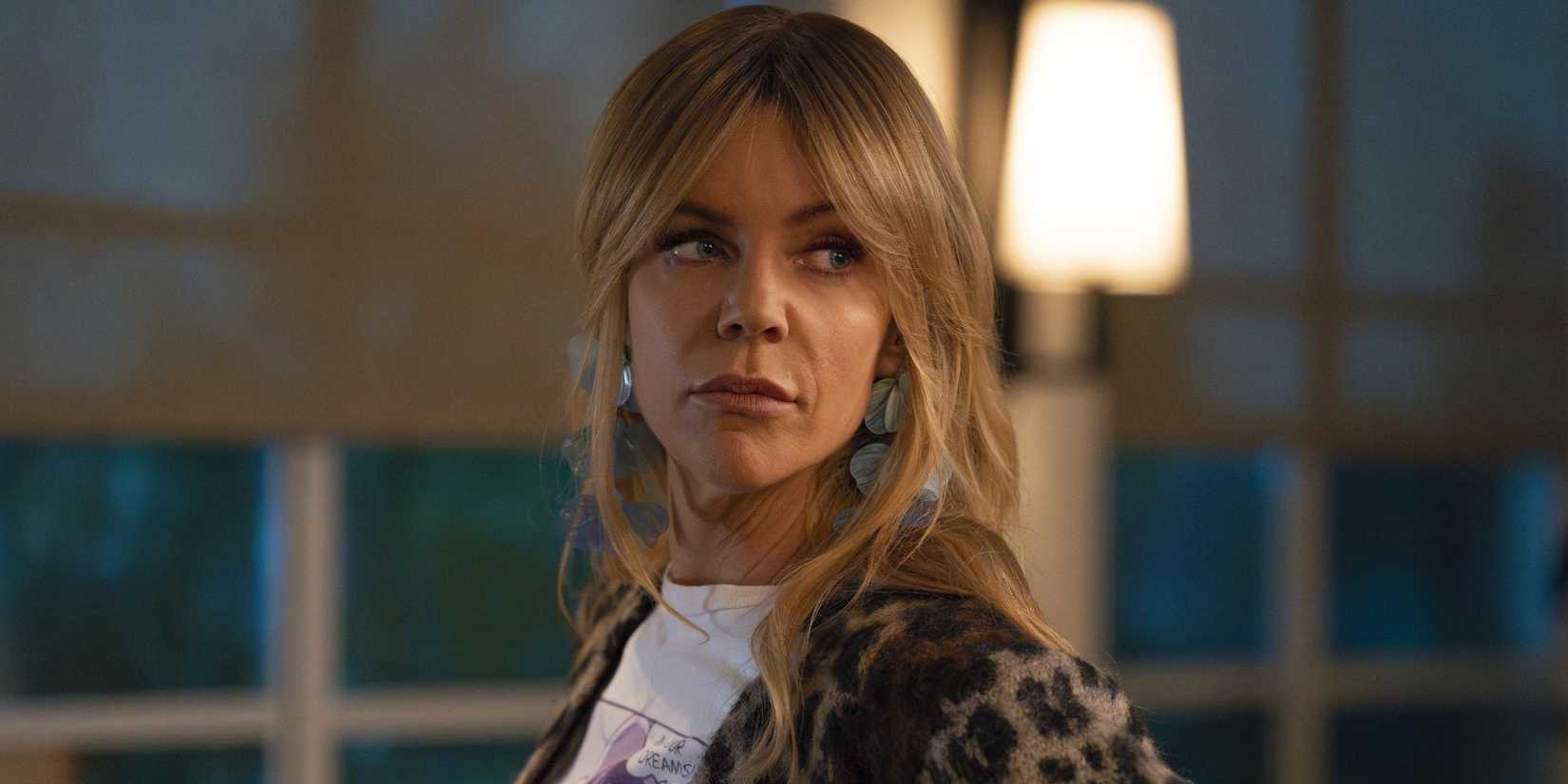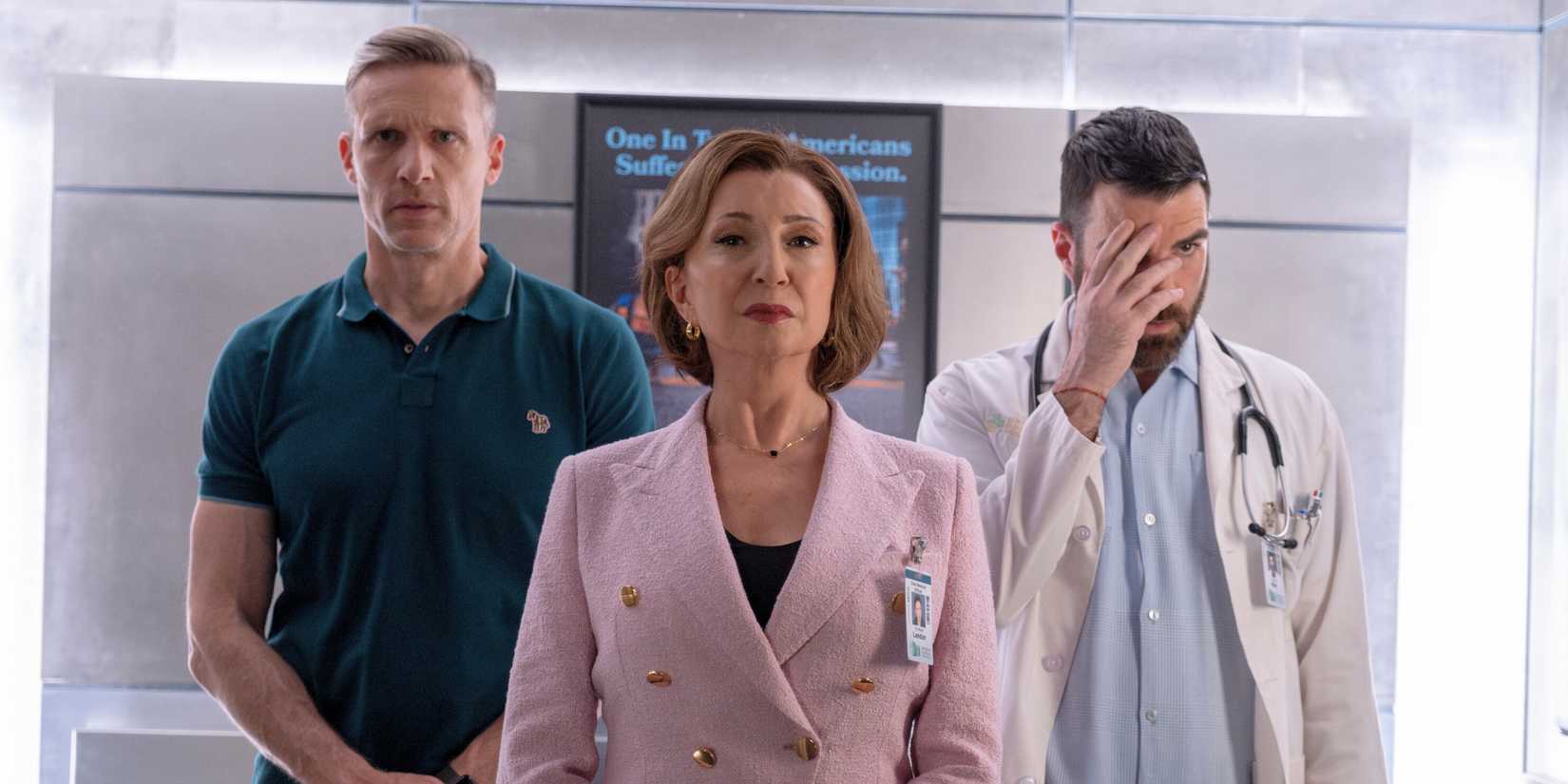The current era of network TV is rife with lone wolf and super-genius protagonists, but the 2025-26 season may be a crucial one for the single main character drama. It’s certainly not a new framework for TV, but the last few years have seen a surge in new series built around the singular protagonist, including (but not limited to)Tracker, High Potential, Elsbeth, Watson, Matlock, Brilliant Minds, Doc, andWill Trent.
Network TV has undergone drastic changes in the past few years, thanks to streaming, COVID, and the strikes, and it’s gotten much less daring as a result. Barring a few more original attempts, however, it’s been pretty evenly split between franchise spinoffs and single main character shows. While the chances of gaining traction and sticking around for more than a few seasons are smaller than ever before for all shows, the latter group seems to have more of an uphill battle.
Single Protagonist Network Dramas Have Struggled To Thrive Or Be Consistent

Gone are the days when networks would give a TV show a few seasons to find its footing and an audience, and that’s even with network TV moving to shorter season orders. Shows are increasingly being axed after just a season or two, and while plenty of these shows that flamed out quickly are true ensembles, the bulk of them seem to be those shows that put the majority of their focus on one main character.
Consider the fates of The Irrational, Suits LA, Found, So Help Me Todd, Quantum Leap, Good Sam, and Ordinary Joe, to name just a few. All were canceled after just one or two seasons, and that also includes dual-lead shows. Other shows not included on this list, such as The Cleaning Lady, were canceled after four seasons. In fact, four seasons seems to be the magical number for many of these single protagonist TV shows; an unofficial survey of the past few years shows that’s the longest they tend to last.
Even for the shows that have been renewed, many of them were on the bubble, such as Brilliant Minds, or struggled with ratings, such as Watson. While Tracker was a huge hit, it already saw major turnover in the form of cast and a new showrunner ahead of season 2. After a sophomore season that felt completely different from the first, two more stars exited prior to Tracker season 3 – not exactly the model of consistency.
The relative brevity of single main character procedurals jumps out even more when you consider the real driving force behind network television: ensemble dramas.
Ensemble Shows Are Network TV’s Real Franchise Longevity Powerhouses

The main cast of Law & Order: SVU season (Dean Winters, Dann Florek, Mariska Hargitay, Christopher Meloni, Michelle Hurd, and Richard Belzer) during a promotional shoot in the squad roomImage for NBC via MovieStillsDB
Of the current longest-running network TV dramas and largest franchises, every single one has something in common: they’re true ensemble shows, with no one main character. That’s not to say that some characters haven’t become the de facto lead over the years; it’s impossible to think of Law & Order: SVU, for example, and not immediately associate it with Mariska Hargitay’s Olivia Benson.
But that’s a matter of longevity and character resonance, not the structure of the show. Characters get equal (or almost equal) screen time for their own personal storylines, backstories, and development. The most successful network TV franchises are team-oriented, not main character-oriented: the Law & Order, NCIS, and One Chicago franchises may have certain standout characters, but they are all balanced ensemble shows.
The same can be said of newer blossoming franchises that have the potential to grow, such as 9-1-1 and The Rookie, which have tried a few spinoffs and have more in the pipeline. Likewise, FBI, Blue Bloods, and Fire Country are launching their first offshoots this upcoming 2025-26 season, with their respective spinoffs, CIA, Boston Blue, and Sheriff Country, debuting in the next few months.
However, this rarely happens with single-protagonist shows, raising questions about the discrepancy in staying power between that format and ensemble shows. The answer is deceptively simple: ensemble shows have more general potential, and they give audiences more of what they want.
Networks Still Don’t Understand That Audiences Care About Character, Not Plot

Credit: ABC via Everett Collection
Go to any Reddit board or social media platform, and you’ll see that what network TV audiences talk about isn’t the plot or the case of the week: it’s the characters. Audiences don’t stick around season after season because of the weekly plot, but because of the characters. Strong characters to whom viewers have formed an attachment can compensate for deficiencies in the plotting and carry a show through a weak story arc or season.
A show with undeveloped supporting characters, however, will lose an audience fast. The risk of alienating an audience increases if the main character is simply unlikable or the actor fails to connect with viewers. When the bulk of your show revolves around one character and that character isn’t keeping people invested, there’s nothing to build on. Renovating a show when the foundation is unstable is almost impossible.
By having greater character balance, ensemble shows are more immune to this. If one character’s storyline or one couple’s romance doesn’t grab an audience, it’s not the end of the world. There are other characters to root for, and writers can dial up or down different storylines and character combos depending on which ones are clicking and which ones aren’t. It’s much easier to be responsive.
Going back to Tracker as an example, a consistent complaint from fans in season 2 was how underutilized half the supporting cast was, and it’s not a coincidence that exiting Tracker actors Eric Graise (Bobby) and Abby McEnany (Velma) were that half. Now in season 2, similar rumblings are starting to swirl around High Potential; while Kaitlin Olson is undoubtedly magnetic in the lead role of Morgan, the supporting characters are mere sketches.
One Surprising Recent Show Reveals A Truth

Teddy Sears as Dr. Josh Nichols, Donna Murphy as Dr. Muriel Landon, and Zachary Quinto as Dr. Oliver Wolf in Brilliant Minds.NBC via MovieStillsDB
Ironically, a peek at Brilliant Minds’ Rotten Tomatoes audience score shows that, though it was on the bubble while other shows were outright initial hits, it may be more poised for longevity than the rest. Of a number of recent single main character shows, it is, surprisingly, Brilliant Minds at 82% that has fared best with audiences:
Brilliant Minds – 82%
High Potential – 81%
Matlock – 78%
Elsbeth – 77%
Doc – 76%
Tracker – 75%
Watson – 35%
Only Will Trent has a higher audience rating at 83%, just a percent higher than Brilliant Minds. It’s arguably not a coincidence that of these shows, Brilliant Minds was the only one to really flesh out its supporting cast. Though Zachary Quinto’s Dr. Oliver Wolf is the protagonist, the other characters were built up from the start. With it having time to find a bigger audience before season 2, it’s the ensemble cast that will make or break its long-term success.
Network showrunners may want to keep that in mind for their own series. With networks now giving new shows a much shorter leash, gone are the days when a single-protagonist network drama could traditionally wait until seasons 2 or 3 to start fleshing out supporting characters. These days, by the time they finally get around to character development, shows may find their audiences have already been lost.
